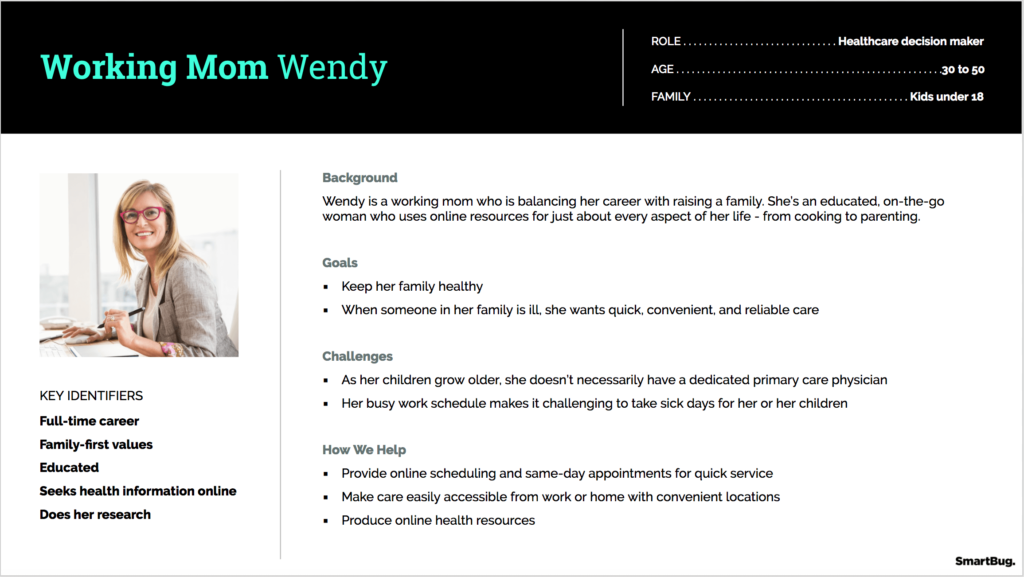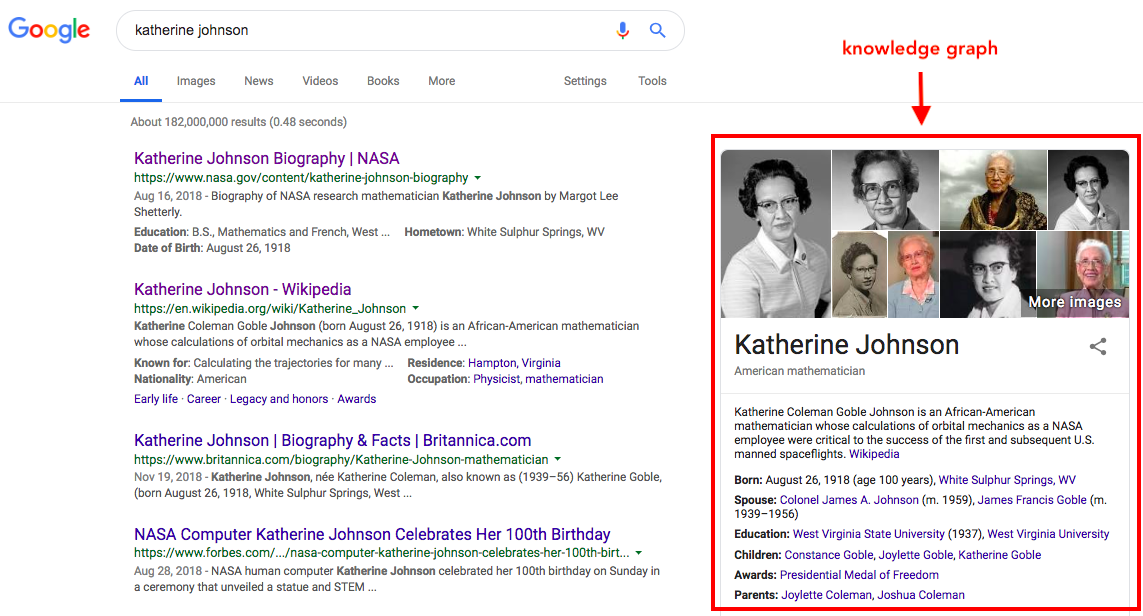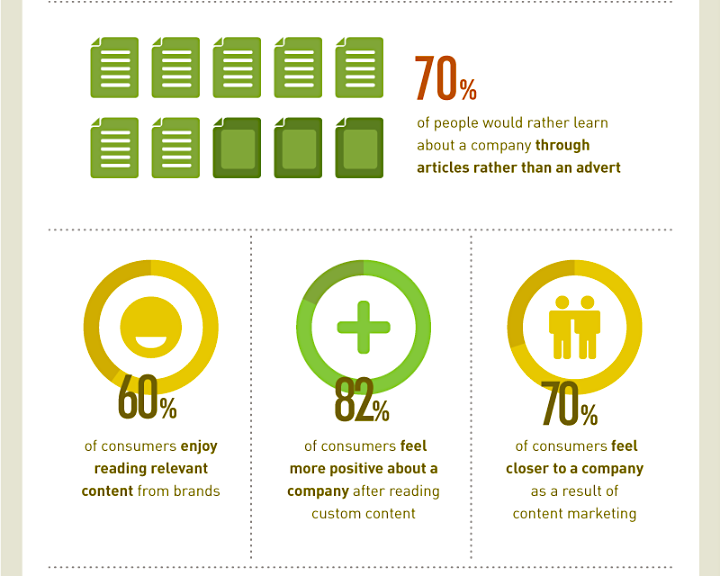Why is digital branding important?The importance of digital branding comes down to the effective communication of your value to your customer. It’s thinking about your potential customers, and how we can tell them who we are, what makes us different, and what makes us better than the competition.
The following channels form an integral part of digital branding:
- Website
- Logo
- Brand Message
- SEO
- Social Media
- Online Advertising
- Content Marketing
- Influencer Marketing
Without realizing it, you’re already very familiar with many popular brand messages or identities summed up in their quippy slogan:
- Nike: Just do it.
- Subway: Eat fresh.
- Levis: Quality never goes out of style.
Here’s why :
- Maintain a competitive advantage and stay ahead of competitors.
- Brand building helps to convert customers into brand loyalists.
- People care less about businesses that are not online.
- Businesses lose trust if they’re unable to respond to customer queries on social channels.
- Digital branding follows a multi-channel approach to improve your business presence across all channels where your customers are present.
It’s easy to get confused by the difference between digital marketing and digital branding, as there is only a slight (but functional) difference in these two terms. Digital marketing is sales-focused, while digital branding is focused on providing value to the customers.
Digital marketing makes use of digital branding because few businesses can succeed through simple product promotion alone. Providing value to your customers is very important when in any competitive market.
Digital Branding: Getting Started
Step 1: Identify and Create Customer Persona(s)
At this point, you should consider the following:
- Who are your customers?
- What are their needs?
- Where are they active?
- How do they engage?
- What is their preferred purchase method?
- When do they purchase?
- What are their purchasing habits?
In short, you need a map of the stages of purchase; this will help make you aware of your prospects needs, and what they are going to do in the next stage.
Here are some steps that you should follow to create your ideal customer persona:
- Define personal details like location, age, gender, interests, job title, language, income, etc
- Use Facebook Insights and Google Analytics Audience reporting to have a better understanding of your customers and demographics.
- Model your personas on behavioural motivation and perceived mindset. The following 10 considerations are a great place to start:

- Conduct surveys to identify relevant information about your customers and create personas based on what they have told you. Don’t guess!
- Act on and test the data and continue to optimize your existing customer personas.
Here’s an example of a good customer persona:

Step 2: Design a Logo and Website
The next step is to settle on a logo and website.
A) Logo Design
A logo represents your business, so it holds that your customers should be able to easily identify your company by your logo. A good logo ties into your business mission and values.
Follow these basic rules while designing a logo (or rather, hiring a professional designer) for your business:
- Choose appropriate colors that match your business, your industry and your target audience.
- Make the logo design memorable
- Your logo must look good in all sizes- check what media you will be using it in, and ensure you have a range of image sizes
- Choose a font that matches the tone of your business.
- The design should not be complicated. These are examples of very simple logos that nonetheless are recognised instantly worldwide.

- Make sure that your logo design looks distinct from your competitors. Don’t be afraid to go look around at competitors and see what you like (and what you want to avoid).
- Aim for a logo that is timeless and unaffected by trends, which are short-lived. Evergreen logo design will last throughout the years. See how quickly Apple learned this?

B) Website Design
Once you are done with the logo design, it’s time to use it on your website. Follow these design essentials to create a super user-friendly site:
- For consistency, your website should have the same color theme as your brand’s logo.
- The design should be simple and elegant
- Navigation should be intuitive so that the users don’t find it difficult to browse the site. Use a simple menu on the top or a hamburger menu in the corner:

- Make sure your site follows an easily crawlable link structure.
- Make your website responsive and get rid of all errors
- Have original and compelling content to provide value to your site visitors
- Make sure your site content is indexable by search engines.
- Use proper schema markup to tag your pages in order to make it easier for the search engines to read and rank your website.
Step 3: Refine Your Message
Every business needs a strong brand message to maintain an edge over the competition. A clear and consistent message is what drives a solid brand message into the minds of your customers. This ultimately helps position a brand strongly in any niche.
Here are some tips to follow while polishing your brand message:
- Conduct competitor analysis and identify the messages that your competitors are trying to deliver.
- Always analyze the pain points of your customers and try to focus on the solution in your brand message.
- Don’t be afraid to seek ideas from your audience.
- Look at the products or services that you are offering and to whom you are offering them. Your brand message should be clear so that people understand immediately what you are selling and why is it helpful for them.
Step 4: Improve Your Online Presence via SEO
You can’t omit SEO when it comes to digital branding, especially in the case of small and medium businesses. Follow the below tips to optimize your website and your business presence on the search engines:
- Follow Google’s Webmaster Guidelines while designing your website to help Google find, index and rank your site.
- Use proper schema markup to describe the content on your website.
- Have unique and engaging content that people love to read and share.

- Have a clean navigation structure and make sure your site is responsive.
- Add proper meta tags on all your pages to allow search engines to better understand the content of your web pages.
- Use internal links to your important pages.
- Use keywords in the Alt text of your images.
- Include keyword synonyms in heading tags.
- Optimize your CTAs for conversions.
- Improve your page loading speed so that your site works on the slowest Internet connections and test it with Google’s PageSpeed tool.
- Use numbered lists to allow your web pages to show up under Knowledge Graph, the info box on the right side of the SERPs (or the top on mobile devices):

Step 5: Social Media Channels to Reach More Customers
As a business, it is crucial to remain present on the top social channels, as this is where your audiences will look for you to find out more about your business. Therefore, having good profile visibility is a basic requirement for every business when it comes to digital branding. Here are some strategies to follow in order to have an optimized and powerful social media presence:
- Set your social media goals and objectives to create KPIs (key performance indicators).

- Use platforms like Shopify to list your products natively on the top social media sites. This will help you sell your products directly on Facebook, Amazon, eBay, Instagram and other popular channels.
- Conduct a competitive analysis so that you are able to determine the presence of your competitors.
- Create a social media calendar to organize and share your posts and offers. Alternately, use a social media publishing platform such as Sprout that contains a calender view.

- Create and optimize your profiles on top social channels like Facebook, LinkedIn, Twitter, Pinterest, Instagram, Snapchat and YouTube. use keywords, populate contact details, everything.
- Leverage the power of images and videos to generate more visibility on your posts.
- Use tools like Buffer and Sprout Social to save time and effort.
Step 6: Provide Value
Loyal customers are the most important asset for any business. In order to create and nurture loyal customers, you need to deliver value. How do you know what type of content is valuable to your target audience? Here are some ways you can create value for customers:
- Use predictive analytics to determine what your customers need and how they respond to their needs.
- Identify and segment your customers to provide them with specific value.
- Nurture and build relationships with your customers by engaging in two-way conversations with them:

- Clarify your value proposition, which is a promise of value to be delivered – i.e. the main reason someone should buy from you.
- Provide relevant product recommendations based on a customer’s browsing history.
- Reward loyal customers by giving them impressive discounts and offers. You can also offer promotional products, as they can bring you a great return on investment. Follow these tips when giving out promotional items.
- Provide exceptional customer service that is hard for the customer to forget.
- Personalise your brand message. Businesses that personalise web experiences see an average 19% increase in sales.
Step 7: Don’t Forget about Content Marketing
No brand can succeed in digital branding without content marketing.
Content marketing benefits every stage of the marketing funnel, from the initial awareness of your brand or product down to detailed consideration like comparison shopping, to eventual conversion. It helps businesses improve brand presence so that they get seen and it also helps to build trust.

Considering that 70% of customers prefer to learn about a business by reading an article or blog post, every small business owner needs to increase and improve their digital branding with consistent, quality content.

Small businesses are able to beat the big players by doing intelligent content marketing. This is something even major brands fear from smaller players. Hence, content marketing is a strategy that should be learned and used well, especially for millennial audiences.
Here are some tips to carry out powerful content marketing campaigns in order to maximize branding:
- Conduct a survey and identify the type of content that your audience wants to read from you.
- Create content that showcases your brand personality.
- Add some storytelling to your content so that audiences will remember your brand message. National Geographic is ridiculously successful at grabbing attention with fantastic visuals and storytelling and then keeping their 350 million social media followers engaged:

- Identify the goals and KPIs for every piece of content and then distribute it across channels where you are most likely to achieve your KPIs.
Step 8: Leverage the Power of Online Advertising
Online advertising is not just for bigger brands. Smaller businesses should not ignore the power of online ads and local directories. Here are some of the top directories where every business must list themselves:
- Google My Business
- Bing Local
- Yext
- Yelp
- Manta
- Yellowpages
Moreover, SMBs must carefully choose and run campaigns on the following ad platforms in order to get maximum ROI:
- Google Remarketing
- AdRoll
- Outbrain
- Bing Ads
- Redirect
The above-listed platforms will allow you to reach more potential customers at a fixed low budget in order to slowly and gradually improve your sales.
Step 9: Connect with Influencers
Influencer marketing can be a good way to expand your brand reputation, depending on your industry and target demo. The concept is fairly simple.
You need to get some bloggers and social media stars on board who have an impressive number of followers on your targeted channels. The best way to have them talk about your business is to reach out to them with an offer that they can’t refuse. Check out this article on how to choose an influencer.
Here are some great platforms that can help you find and hire the perfect influencer for your needs.
- Upfluence
- Tribe Group
- Mavrck
- Scrunch
- NeoReach
Step 10: A/B Test Your Way to Success
A/B testing is extremely important because it helps to identify your best-performing channels or campaigns. You can then easily understand which campaigns are delivering the maximum ROI and optimise your other campaigns accordingly.
Here are some tips to follow while doing A/B testing:
- Perform anqualitative analysis to understand the exact needs of your audience.
- Do not test multiple variables in one experiment. Instead, test only one change at a time.
- Make sure to test colors, ad copy, CTA placement, CTA copy and shape, etc.

- A/B testing is not just for testing the performance of landing pages. You can try A/B testing for the performance of your email campaigns such as which time delivers the best open rates?
Final Thoughts
Digital branding is extremely essential for SMBs. Every business is trying hard to be visible and, more importantly, trustworthy in the eyes of consumers, so you need to exceed the expectations of your audience.
If it seems overwhelming, don’t get stressed- get in touch! We’re here to explain everything to you in simple terms, while helping you determine and establish your brand identity and message. Just contact our team with details about your requirements, and let’s start building your future together!

